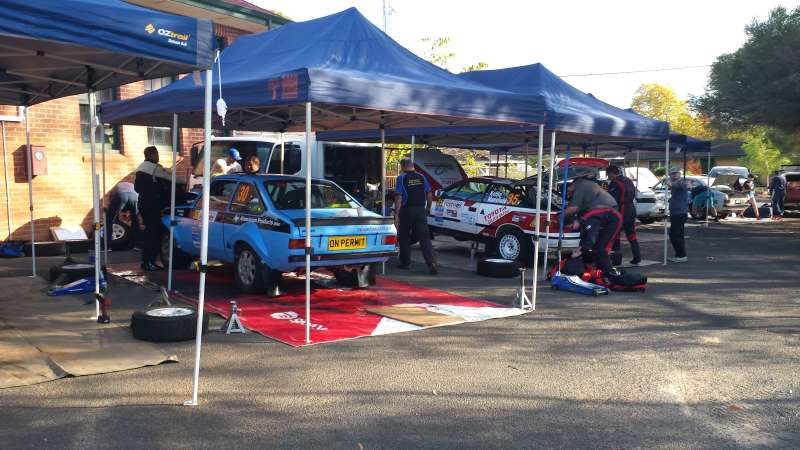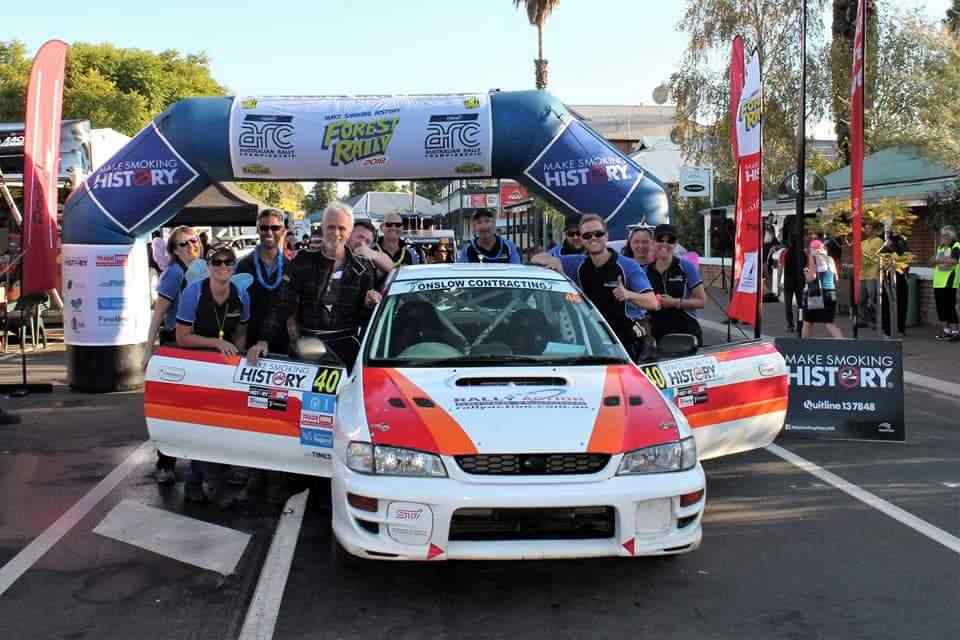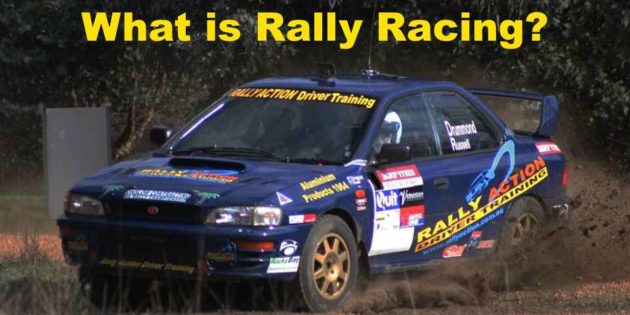What is rally racing?
Rally racing or just Rally is a type of Motorsport run on closed road sections. All the racing is against the clock. There is a driver and co-driver in each vehicle and the cars have to be road legal. Rally is also conducted on different surfaces from snow to gravel to tarmac and everything in between.
Rally or Racing?
For those not involved in the sport we tend to apply the logic of a circuit race. Ie – All the cars start at the same time and finish on a checkered flag after racing laps around a race track. Rally racing however is completely different to circuit racing.

Fire or Ice?
For a start there’s the surfaces and conditions. A rally could run on the loose ball bearing gravel of Perth or the snow covered roads of Sweden. You could find mud, ice, tarmac or any combination on an event. Rally drivers are often said to be the most skilled in the world as they have to master driving on so many different surfaces.
Rally drivers do it in stages
Rallies are also broken into stages. There are closed road special stages (the action we see in videos) and there are transport sections between stages called Liaison. Liaison is often on public roads and competitors must obey normal road rules.
Tick Tock
Everything in rally racing revolves around a clock. In a special stage the driver and co-driver work together to try and set the fastest time. When not roaring through the special stage, each car has to be at every section at a specific time.
The sections are demarcated by time controls. Officials give penalties if cars are not at a control when they are supposed to be. The main thing to remember is that you’re racing against the clock and not against anyone else.
Difference between racing cars and rally cars
Racing cars and rally cars may look similar on the outside however are really quite different. Rallying is based around production cars whereas Formula One race cars share nothing in common with a showroom model. Rally cars also have to be road legal as they are driven on public roads. Lights, wipers, indicators and a horn are all necessary equipment.
Racing cars usually only have one seat for the driver. Rally cars by comparison have two seats. That’s just the tip of the iceberg. There’s a whole range of other differences too. From the suspension set ups right through to the engines and brakes.

Fixing the cars
Specific times and places are provided to work on rally cars by the event organisers. These breaks punctuating the racing are known as service. It’s the only time that the Team (service crew) is allowed to work on a car. If anything is needed on the car away from service then it’s up to the driver and co-driver to work on the car themselves.
The crucial job (and it’s not the driver)
Rallying is a very much a team sport and the role of the co-driver is critical. Once the event starts the co-driver is the chief timekeeper and works closely with the driver and service crew. They make sure the cars are where they’re supposed to be and of course navigate the driver in both the special stages and liaison.

How do you win a rally?
To win at rally racing the driver and co-driver must have the lowest cumulative time across all the special stages. It doesn’t mean they need to win every stage, it means they have to have set the lowest overall time for the event. Surprisingly even over hundreds of kilometers of competition and multiple days, a rally can be won by less than a second!





Leave A Response